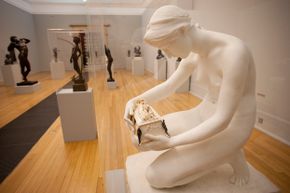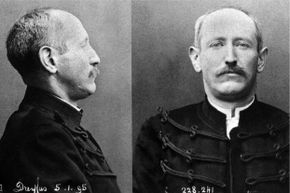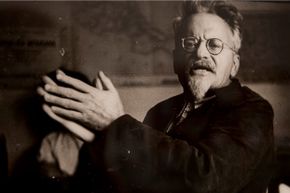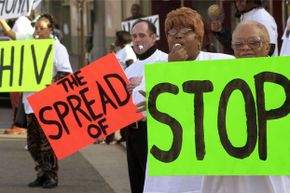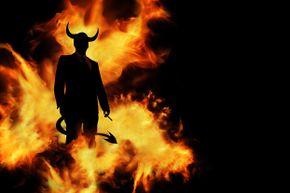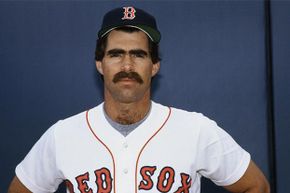Humans love to play the blame game. Adam blamed Eve. Hitler blamed the Jews. When something bad happens, it's always someone else's fault. Such is the life of a scapegoat.
The practice of scapegoating is older than old. During Yom Kippur, the Day of Atonement, the Israelites used two goats to symbolize their sins. One was sacrificed to appease God, while the second was slain to pacify Azazel, an evil spirit. In an act of religious symbolism, a priest conveyed the sins of the Israelites to the goat meant for Azazel. The unlucky goat was then tossed off a cliff [source: Encyclopaedia Britannica].
Advertisement
The first human scapegoats were mostly convicts or other outcasts. They often were herded together and forced to march down the street imbued with the sins of the rabble. They then were forced out of town and stoned to death [source: Campbell].
Despite its long history, the word "scapegoat" apparently originated in 1530, when the Oxford-educated William Tyndale translated the Bible into English [source: Campbell]. Little did Tyndale know he would be called a scapegoat, too, when Thomas More blamed him for the Peasants' War in Germany.
Scapegoating allows humans to point the finger at others instead of accepting the consequences of their actions. These targets usually are outsiders, a person or group who can be readily dehumanized, and they come in all stripes: political, religious, artistic and sporting. Get ready to meet 10 of the world's most famous scapegoats.

